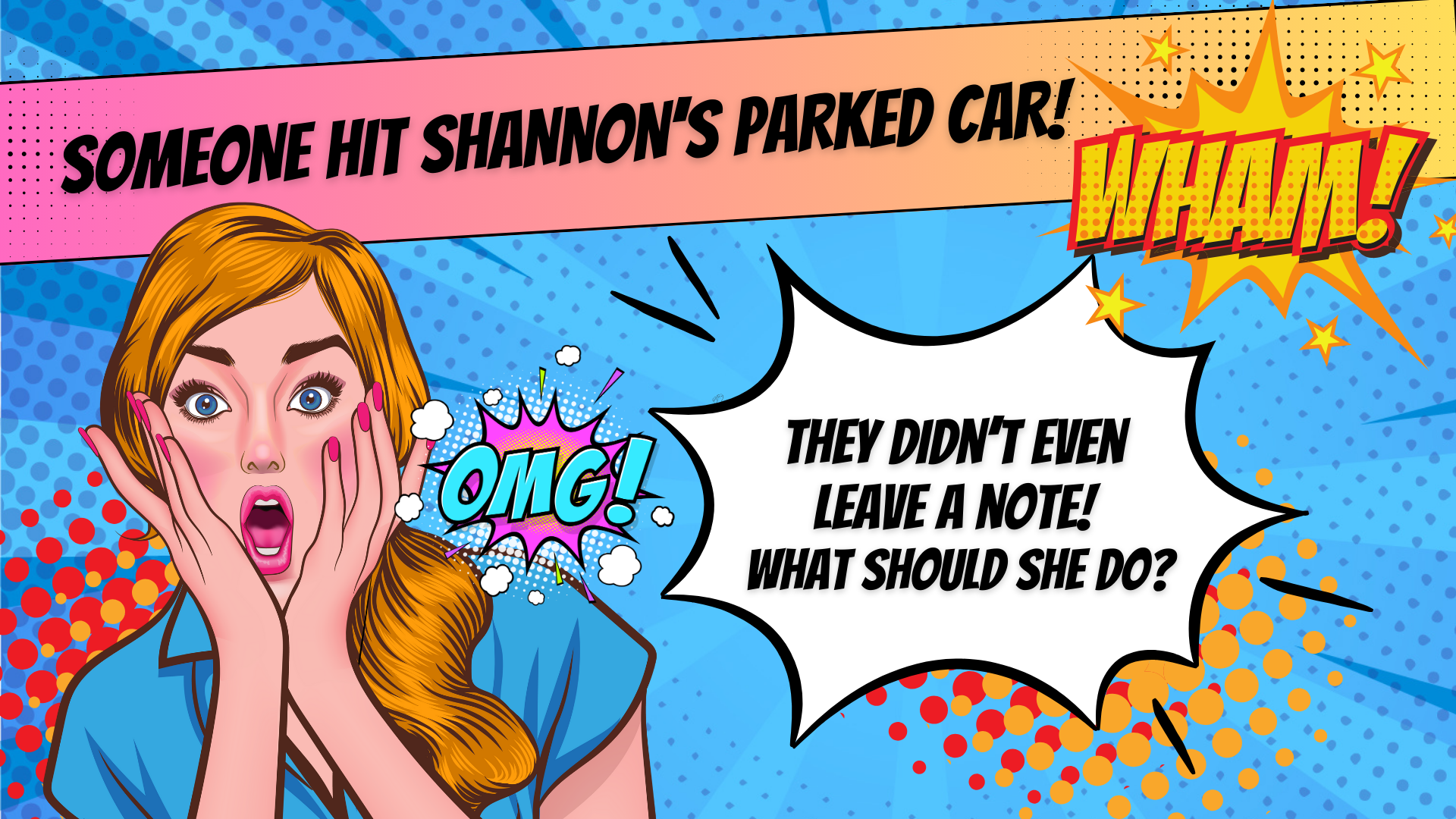
It’s so important to share this information and how people with TBI feel, because the public, juries, and even some doctors and lawyers don’t understand the severity of brain injury – as people who have it often appear so “normal.” They don’t look brain injured, even though the consequences of a brain injury can be devastating.
And the risk increases with each subsequent brain injury. With concussion and brain injury, a subsequent concussion from being active too soon can be deadly. This is true whether it be car accidents or sports, but we see this most often when it comes to people returning to contact sports too early. It’s also becoming a hot-button issue of late, especially given the NFL settlement of $795 million between the NFL and the former football players who sustained brain injuries.
But even minor impacts can have a tremendous effect on the brain. I recently read a compelling blog in The New York Times by Gretchen Reynolds that speaks to this: “What Happens in the Brain After a Concussion.”
According to the blog, a recent experiment published on nature.com, “Transcranial amelioration of inflammation and cell death after brain injury,” allowed scientists to see inside the skull and brain of animals that had just experienced a concussion. The study provided stunning new evidence of how damaging even minor brain impacts can be, finding that concussions can actually kill brain cells far from the original site of head impact.
Scientists at the National Institute of Neurological Disorders and Stroke (a division of the National Institutes of Health) started by developing a less destructive means of seeing inside the skulls of mice in order to garner more accurate findings. Inside of removing portions of lab animals’ skulls to view what happened to their brains during subsequent impacts, like had been done in previous studies, they shaved away microscopic layers of the skull. This enabled scientists to thin the skull to the point that powerful microscopic lenses could see through it, and keep it intact.
To create a concussion, the scientists then gently compressed a portion of the skull toward the brain, imitating (in reverse) the thumping that the brain endures when it strikes the skull during a concussion. Meanwhile, microscopic lenses positioned on top of the animals’ skulls documented in real-time everything that subsequently occurred in the brain resulting from the concussion.
The findings, according to The New York Times blog:
“The scientists found that the membranes underneath the skull that protect the brain became slightly ripped and frayed by the force of the concussion, leaving them leaky and the brain potentially vulnerable to the influx of molecules.
And such molecules soon appeared. “We saw a very quick build-up of reactive oxygen species” in the space between the skull and the brain after the concussion, said Dorian B. McGavern, a senior N.I.H. investigator who oversaw the study. Reactive oxygen species, which are also called free radicals, are known to play a role in various normal tissue processes, including the inflammatory response to any injury, but in excess they can contribute to cell death and tissue damage.
In the case of concussion, the body mounted a brave repair campaign, sending specialized immune cells from the blood and the brain to patch and fill in the frayed membranes. But the process was too slow, allowing an excess of free radicals to pass through the weakened membranes and migrate into the brain tissue, where they soon caused the death of brain cells far from the original impact site.”
In all, the study showed that concussions can actually kill brain cells in lab mice. But the study also found a new possibility of healing concussion and treating brain injuries.
New research indicates a new possibility of healing – with antioxidants
Scientists reasoned that if they could reduce the number of free radicals clustering near the brain, they could lessen the subsequent damage. So, in follow-up experiments, they inserted large amounts of a powerful antioxidant – which soaks up the damaging free radicals – into the space between the animals’ skull and brain.
The antioxidant dramatically dulled the trauma from the concussions. In animals that received the treatment immediately after the brain trauma, almost 70 percent fewer brain cells died than in untreated mice, according to the study.
Related information:


